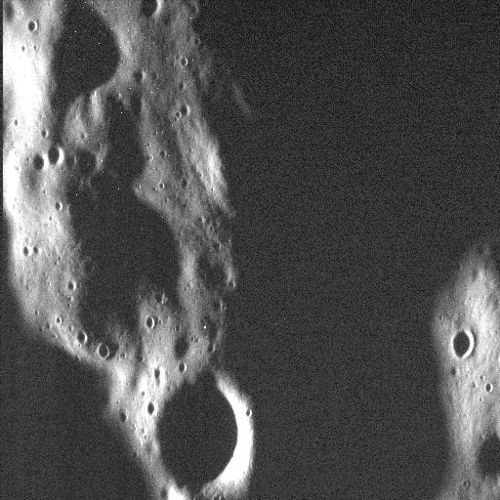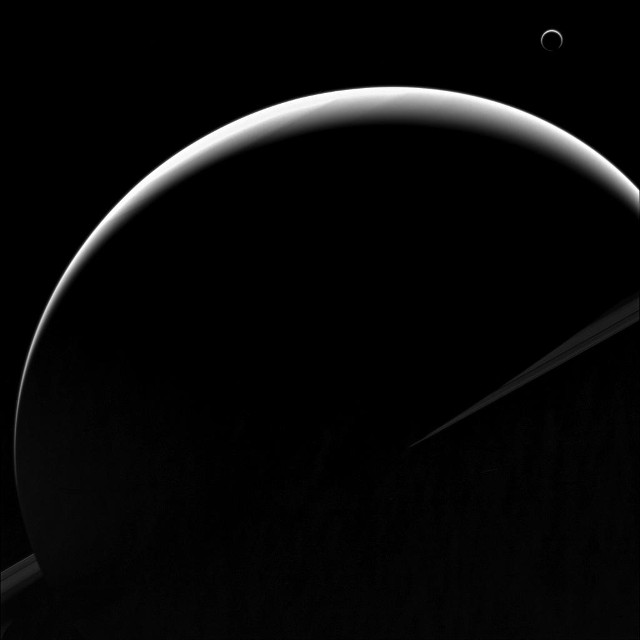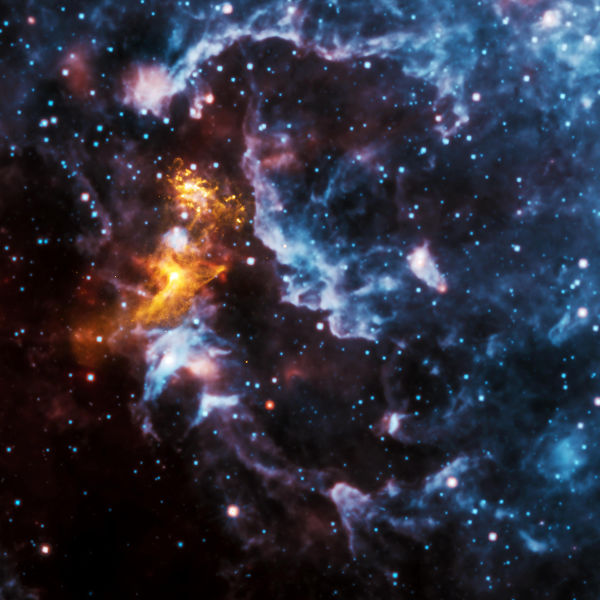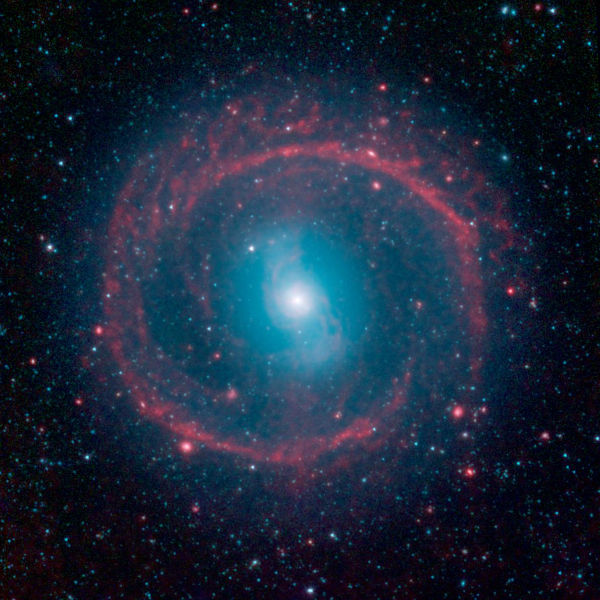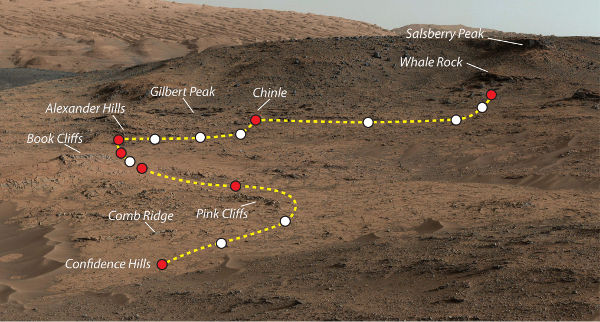
The Mars Curiosity rover has been pretty busy the last few years, checking out all kinds of sights and samples on Mars. This map shows the Pahrump Hills area that it was exploring during the September – October months of this year. Starting off at Confidence Hills, it drilled some samples for analysis and moved along the outcrop taking breaks (shown as red dots) along the way. The white dots represent areas where Curiosity stopped to take additional pictures and data of the Pahrump Hills outcrop. The mission ended in an area dubbed White Rock.
